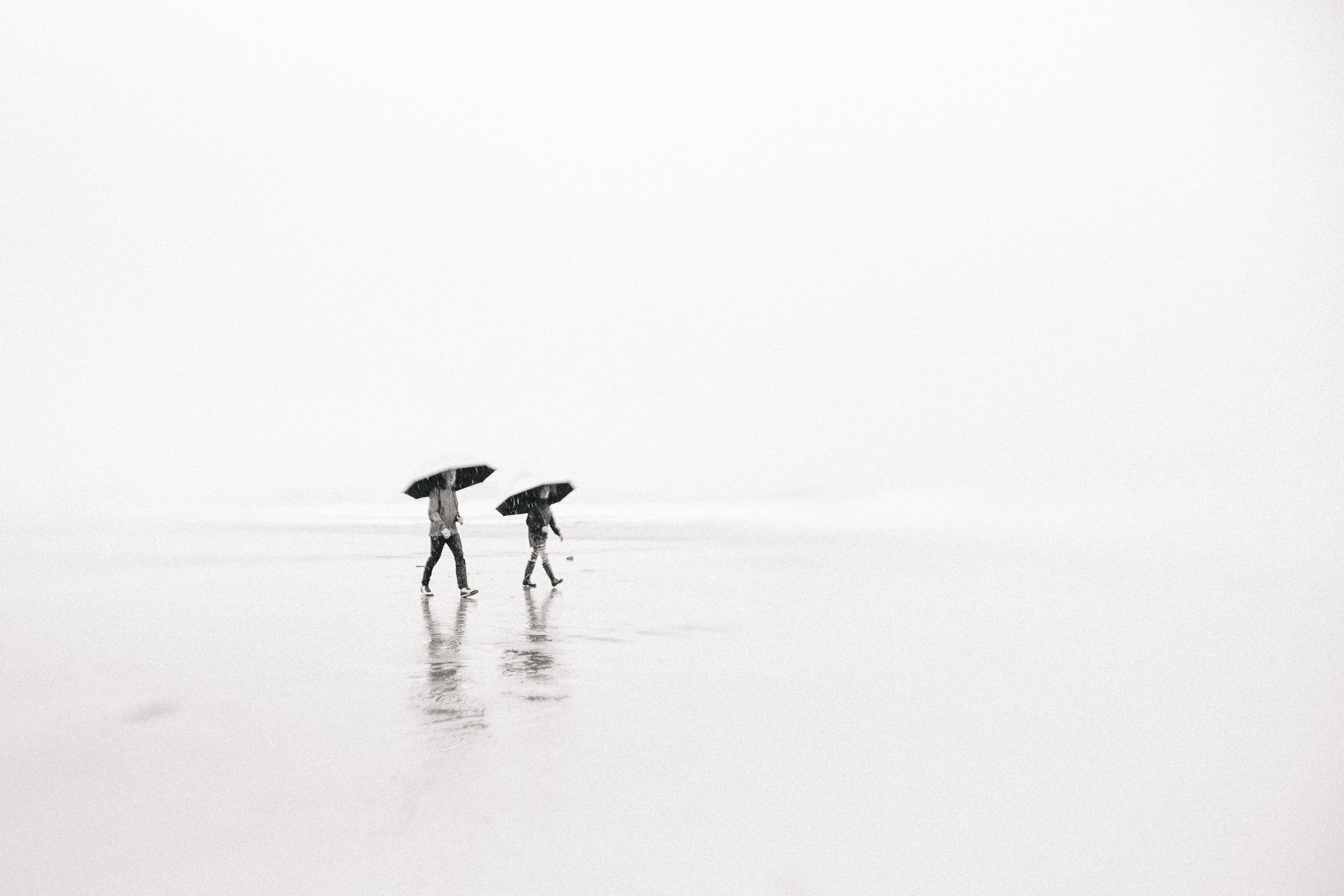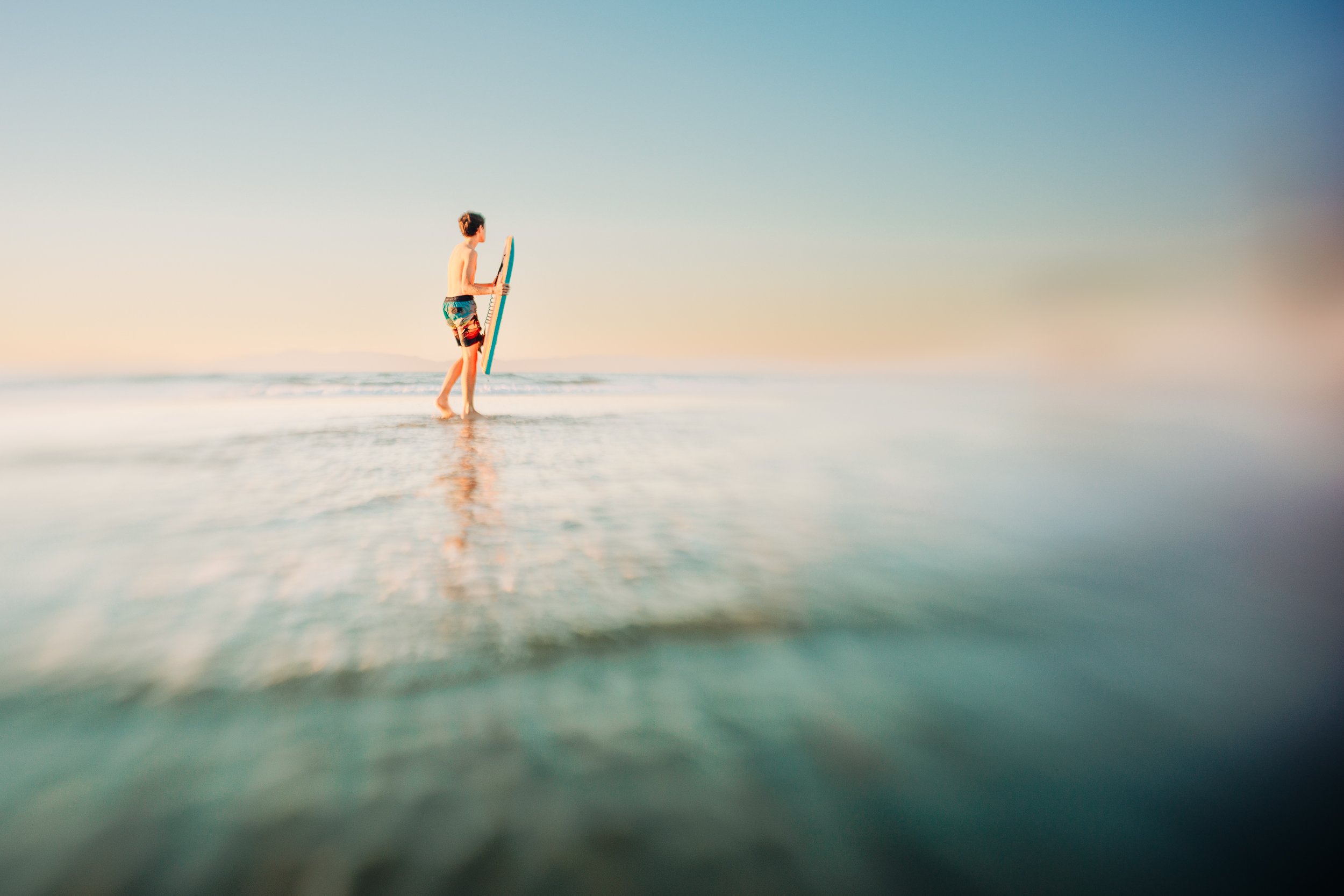Exploring Negative Space: Techniques for Intuitive and Expressive Photography
Today I want to talk about a simple strategy to elevate our compositions - the strategic use of negative space. Often overlooked yet profoundly impactful, negative space refers to the deliberate inclusion of empty areas surrounding the main subject. Picture those captivating images that effortlessly draw your eye to the heart of the narrative – that's the essence of negative space at work. Let’s have a closer look the art and science behind this technique, exploring how it can enhance our storytelling and elevate our creative expression in the world of photography.
The empty or open space that surrounds the main subject, provides context, balance, and contrast within the composition. Understanding and effectively using negative space can greatly enhance the impact and visual appeal of a photograph.
Here's why negative space matters in photography:
Emphasis and Focus: Negative space can help draw attention to the main subject by providing a visual contrast. By giving the subject room to "breathe," it becomes more prominent and stands out against the background.
Balance and Composition: Negative space plays a crucial role in achieving visual balance in a photograph. It helps to create a sense of harmony and prevents the image from feeling cluttered or overwhelming. By carefully composing the elements within the frame, photographers can use negative space to establish a pleasing and well-balanced composition.
Conveying Mood and Emotion: The use of negative space can evoke different emotions and moods in a photograph. For example a small figure surrounded by vast empty space could evoke feelings of isolation or vulnerability.
Creative Expression: Negative space provides photographers with an opportunity for creative expression and experimentation. It allows them to play with shapes, lines, and forms, transforming ordinary scenes into visually compelling images.
Enhancing Storytelling: Negative space can also be used to enhance storytelling in photography. By including empty areas within the frame, photographers can leave room for the viewer's imagination to fill in the blanks and interpret the narrative in their own way.
In this image, a solitary figure stands on the vast expanse of an empty beach, embodying a sense of both isolation and tranquility amidst the open space.
Creating negative space in photography involves various techniques and approaches. Here are a few methods:
Composition and Framing: One of the most common methods is to carefully compose the image in such a way that there is ample empty space surrounding the main subject. This can be achieved by positioning the subject off-center within the frame, leaving plenty of room for negative space on one or more sides.
Selective Focus: Using a shallow depth of field can help create negative space by intentionally blurring the background while keeping the main subject in sharp focus. This can be achieved by using a wide aperture (small f-number) on your camera or by using specialty lenses like the new Lensbaby Sweet 22 or lenses with tilt-shift capabilities like the Lensbaby Composer.
Minimalist Approach: Adopting a minimalist approach involves simplifying the composition by including only essential elements and leaving plenty of empty space. This can be achieved by removing distracting elements from the frame or by deliberately seeking out scenes with clean, uncluttered backgrounds.
Silhouettes: Silhouettes are created by placing the subject against a bright background, such as a sunset or a brightly lit window, and exposing for the background rather than the subject. This results in a darkened subject surrounded by negative space, which can create a striking and dramatic effect.
Negative Space as Subject: In some cases, negative space itself can be the main subject of the photograph. This can involve capturing vast expanses of empty sky, water, or other open spaces, emphasizing the emptiness and simplicity of the scene.
Leading Lines and Framing: Using leading lines or framing elements within the composition can help guide the viewer's eye towards the main subject while also creating negative space around it. This can be achieved by incorporating elements such as roads, fences, or archways that lead towards the subject while leaving empty space around it.
Left Image: The subjects get lost in the waves, lacking the clarity and impact of negative space. Right Image: Here, the subjects are skillfully framed by negative space, standing out clearly against the surrounding water, showcasing the power of effective composition.
A single fern leaf emerges from the darkness, a striking example of the beauty found in minimalistic photography. Surrounded by vast negative space, it commands attention and invites contemplation.
In the cluttered image on the left, the busy background distracts from the main subject, creating visual noise. Contrastingly, the image on the right utilizes negative space to emphasize the simplicity of the flowers, allowing them to stand out prominently and captivate the viewer's attention.
Specialty lenses such as the Lensbaby Sweet 22 can facilitate the creation of negative space through a captivating interplay of sharpness and soft blur, achieved via selective focus.
By incorporating these techniques and experimenting with different approaches, you can effectively create negative space in your images, enhancing the visual impact and storytelling potential of your photographs. Feel free to join me in my Develop with Light Facebook group to stay inspired, share your work, and connect with fellow photographers worldwide. Don't forget to use the hashtag #developwithlight to showcase your newfound skills and for a chance to be featured!
Lastly I’d like to invite you to discover valuable insights about senior portraits by reading Rosa's blogpost about tutoring in San Luis Obispo for high school seniors. Dive in now for expert guidance and tips!






